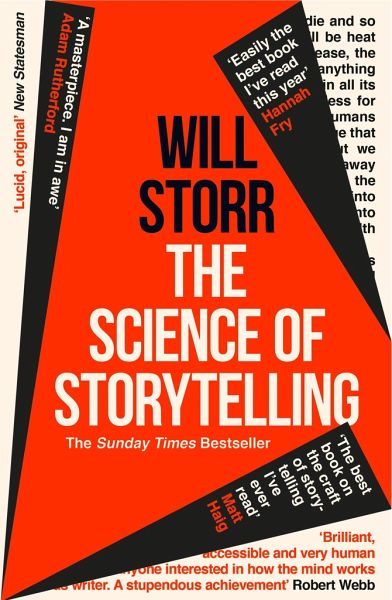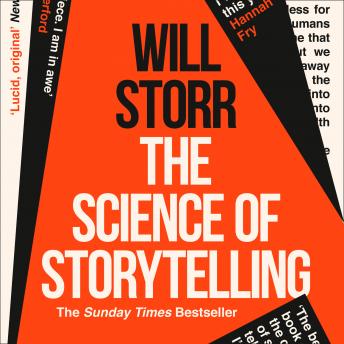

Applying the wisdom of the neuroscientist Professor Benjamin Bergen, Storr explains how the construction of a sentence, the details given, and the grammar used can be a powerful tool for the “model-creating storyteller”, as illustrated in the works of Mary Shelley and J.R.R. This same fabrication occurs when we read a book, allowing us to ‘see’ the scene first imagined by the author, effectively bridging the gap between reader and writer. This fascinating truth, explored by Storr in the book’s first chapter, has major implications for storytelling. Instead, they receive information, sent by our senses, and create the hallucination, or ‘model’, of the world in which we exist. Our brains never directly experience the world. This is how story ought to work too.” – Will Storr, pg 215

“Life emerges from self and is a product of it. Moreover, Storr claims, that by understanding our own psychology, we can engage with our audience at a deeper level by exercising their brain’s innate ability to construct a story.


He goes on to demonstrate how, by applying what scientific studies have revealed about human nature, we can create protagonists that feel authentic, delving into their subconscious to unearth their hopes, ambitions, fears and doubts. In the introduction, Storr emphasises the importance of the characters in creating a compelling story, as, he explains, it is not events that interest us, but people. Exploring these connections in his most recent book, ‘The Science of Storytelling’, Storr argues that, by understanding how our brains construct our lives, we can become better storytellers. Interestingly, the theories they presented complemented what he had learnt previously about the mind and brain from neuroscientists and psychologists. Embarking on his first novel, ‘The Hunger and the Howling of Killian Lone’, the award-winning writer Will Storr turned to the storytelling ‘how-to’ guides for advice.


 0 kommentar(er)
0 kommentar(er)
